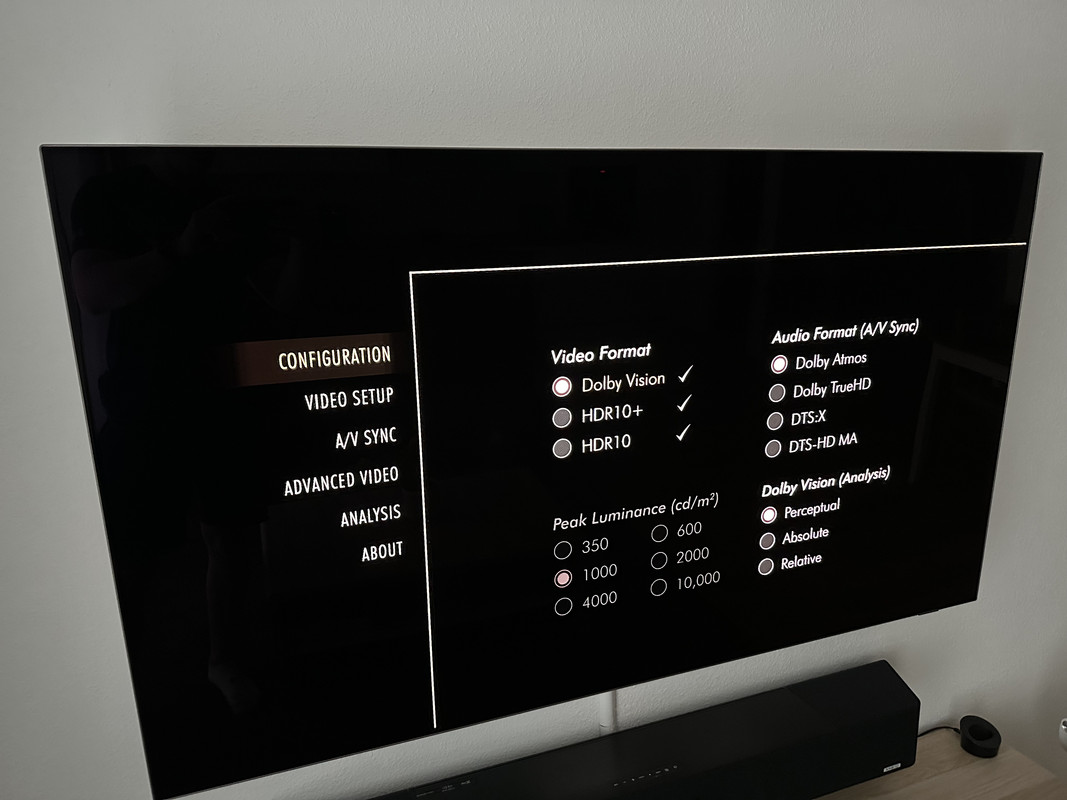Quote:
Originally Posted by DisplayCalNoob

Is YCbCr range limited natively? If so, would it have an affect on how black the black bars can be? I'm assuming that the black bars would be video black.
|
Y'CbCr is practically always in SMPTE Legal Levels. Data levels is risky and not tolerated by the HDMI protocol when using Y'CbCr. BT.601, BT.709 and BT.2020 all use Y'CbCr with Legal Levels (0-109%).
I believe the only real exception is that in a professional enviroment, Y'CbCr can use data levels in BT.2100. Someone with more knowledge is welcome to correct me if I'm wrong. Otherwise, you will most likely only see Data levels with RGB.
Keep in mind that SMPTE Legal Levels is a question about reference levels. If we're talking SDR with an 8-bit signal, 16 and below is meant to be black on the display. It's essentially nominal black. The levels below 16 are still present in the source and the HDMI signal. Reference for white is 235 but the whiter-than-white data are supposed to be visible on display all the way up to 255. This is essential for proper EOTF calculations and YUV<->RGB conversions. Not all displays support it however.
Analog video also behave similar to that of Legal Levels, with ranges from -50 to 770mV, or even slightly higher, commonplace. Digital graphics on the other hand behaved different in the analog domain, making computers and video game only using the 0-700mV range (or 50-700mV if using 7.5IRE black levels). Since negative binary doesn't exist in the same way as negative voltage, it made more sense to design Legal Levels in such way that it mirrors analog video while letting digitally generated graphics use the entire range. Those engineers were well aware of what they were doing.

























 Linear Mode
Linear Mode

